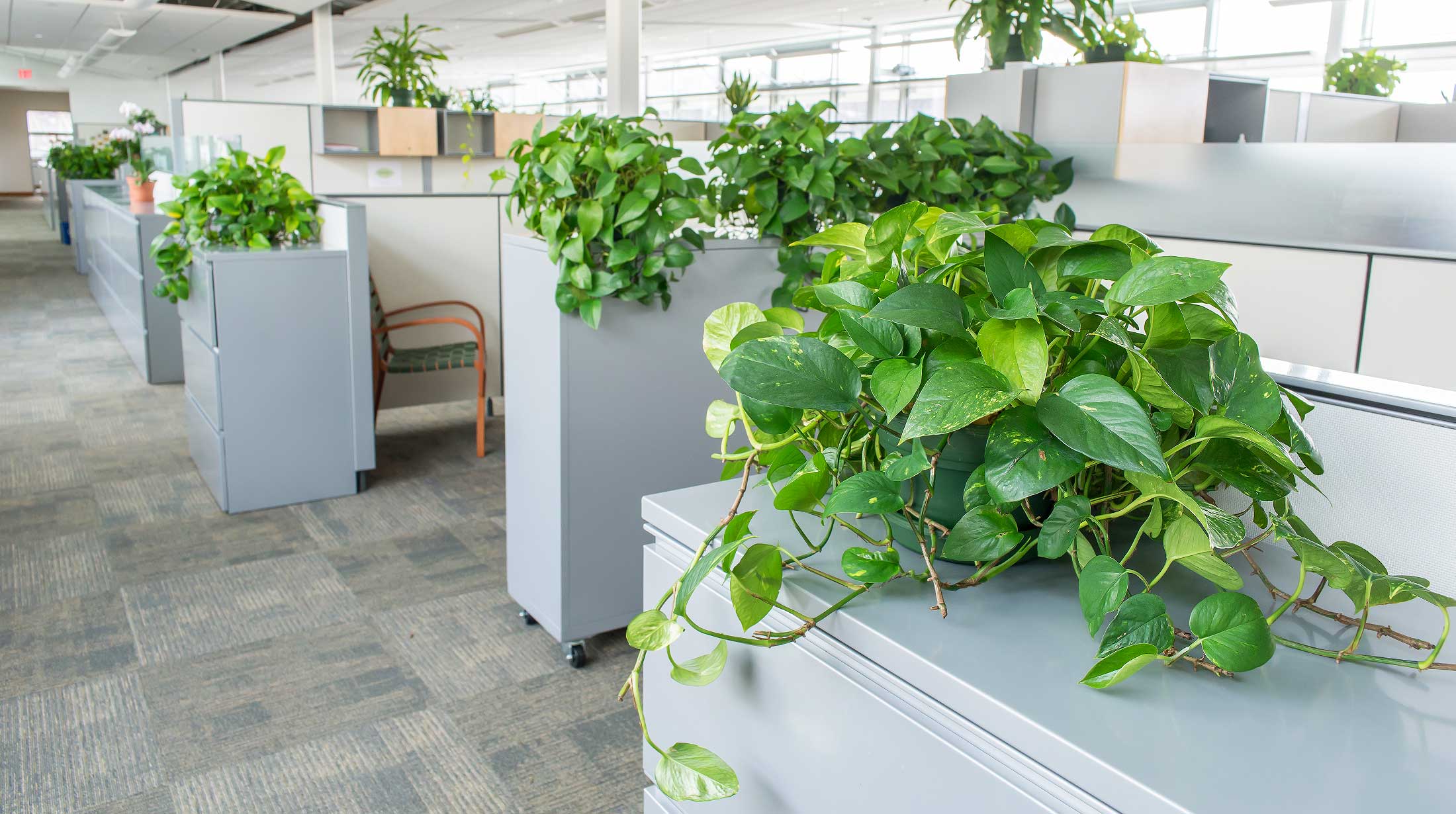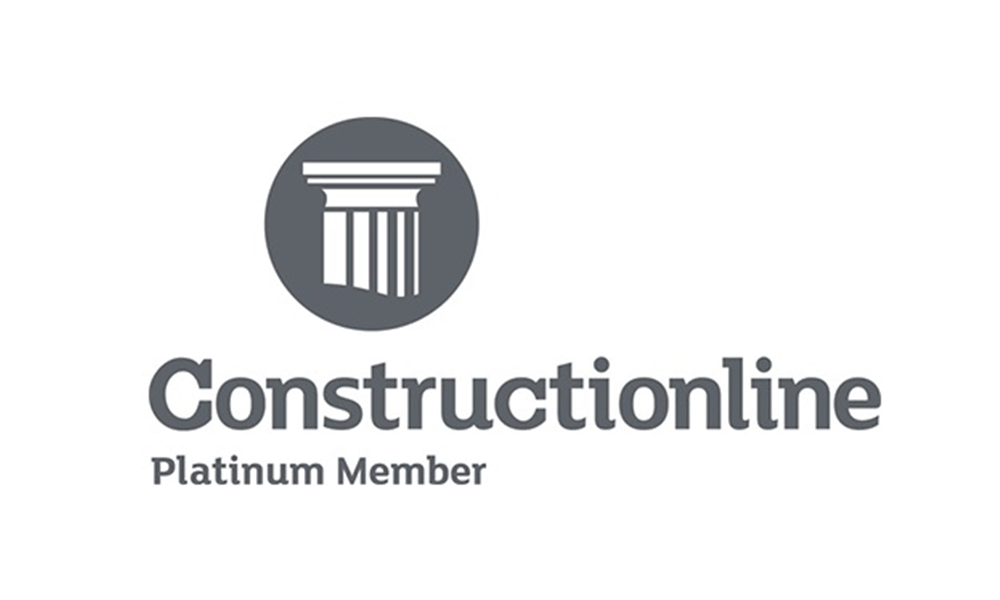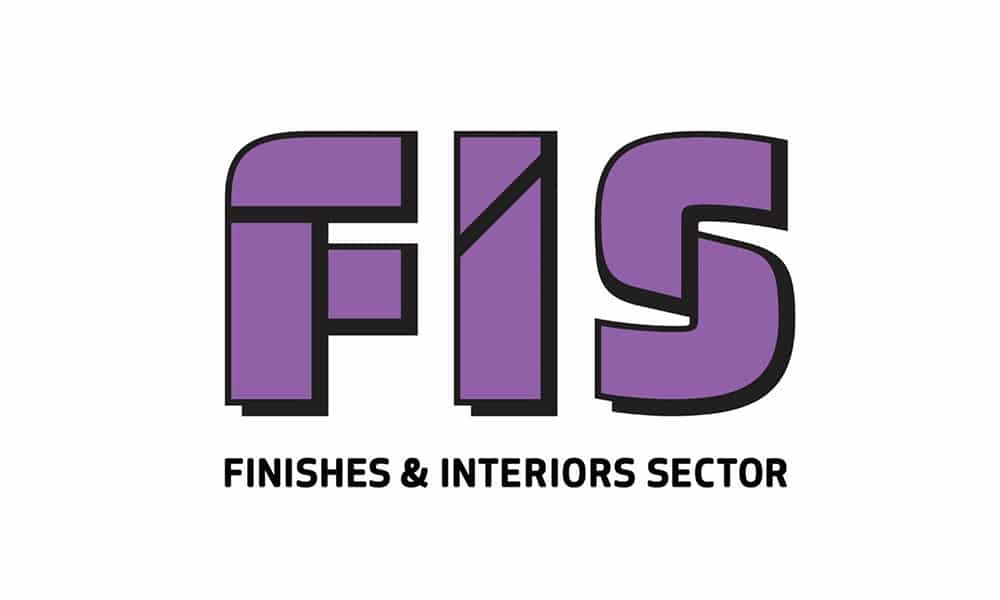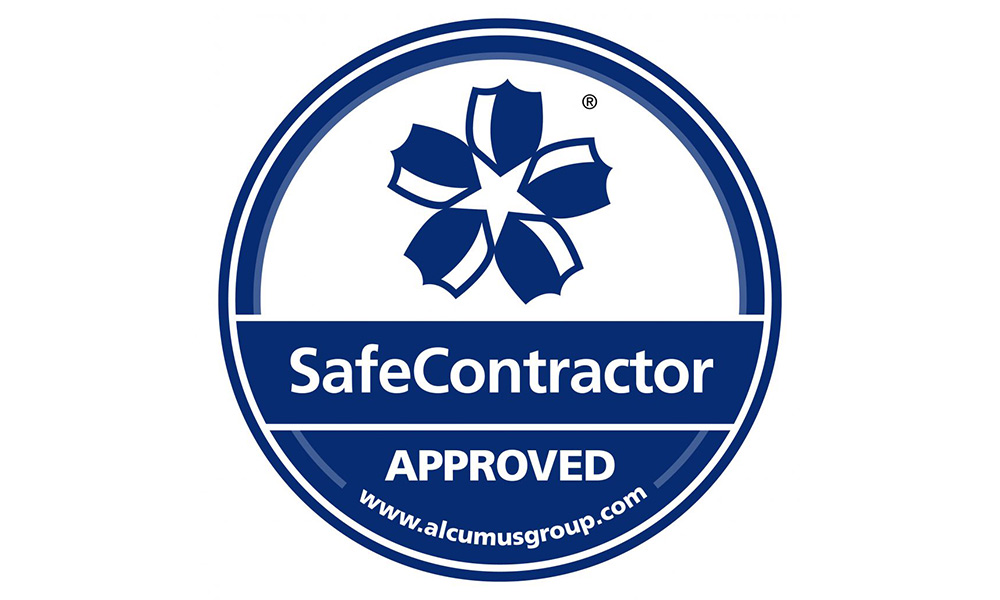A lot has been said and written recently about the importance of wellbeing and occupant comfort in the workplace. However, according to the new CIPD report, less than one in ten UK organisations currently have a standalone wellbeing strategy that supports the wider organisational strategy, and the majority of employers (61%) are more reactive than proactive in their approach to wellbeing.
Furthermore, according to a 2015 Office for National Statistics report, output per hour in the UK was 20 percentage points below the average for the rest of the major G7 advanced economies, the widest productivity gap since comparable estimates began in 1991. This is potentially due to the fact that in 2014/15, 23.3 million days were lost due to work-related ill health, costing the UK economy an estimated £9.4 billion.
The National Institute for Health and Care Excellence (NICE) has published a set of guidelines highlighting the link between employee wellbeing and productivity and recommending making these a core priority for top management. Offices designed to deliver different working environments, offering the right context for concentration, communication and collaboration will not only provide a competitive advantage in attracting and retaining talent but will also positively impact the health and productivity of its occupants.
Indoor air quality, daylighting and lighting, noise, interior layout, plants, look and feel, as well as location and access to amenities all play an important part in creating a workspace that is conducive to productivity and provides a quality, high-performance indoor environment.
There needs to be a variety of spaces best suited to a specific situation, from a quiet retreat that allows for privacy to collaborative settings. This consideration is closely linked to acoustics, especially in open-plan offices, where the occupant’s emotions and cognition are affected and productivity can be degraded by up to two thirds when knowledge tasks are performed when other people’s conversations are clearly audible.
Property developers and clients who share the vision of buildings as meaningful places, enhancing employee experience in the process, will help to drive the competitive advantage of such workplaces. In the race for talent, the workplace is a key component of the employment package organizations can offer. By creating spaces that can adapt to fit the occupant, rather than another way around, and addressing the needs of individuals, organisations are able to share their core values, expressed through their culture and brand.










